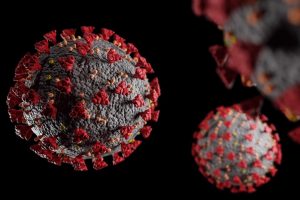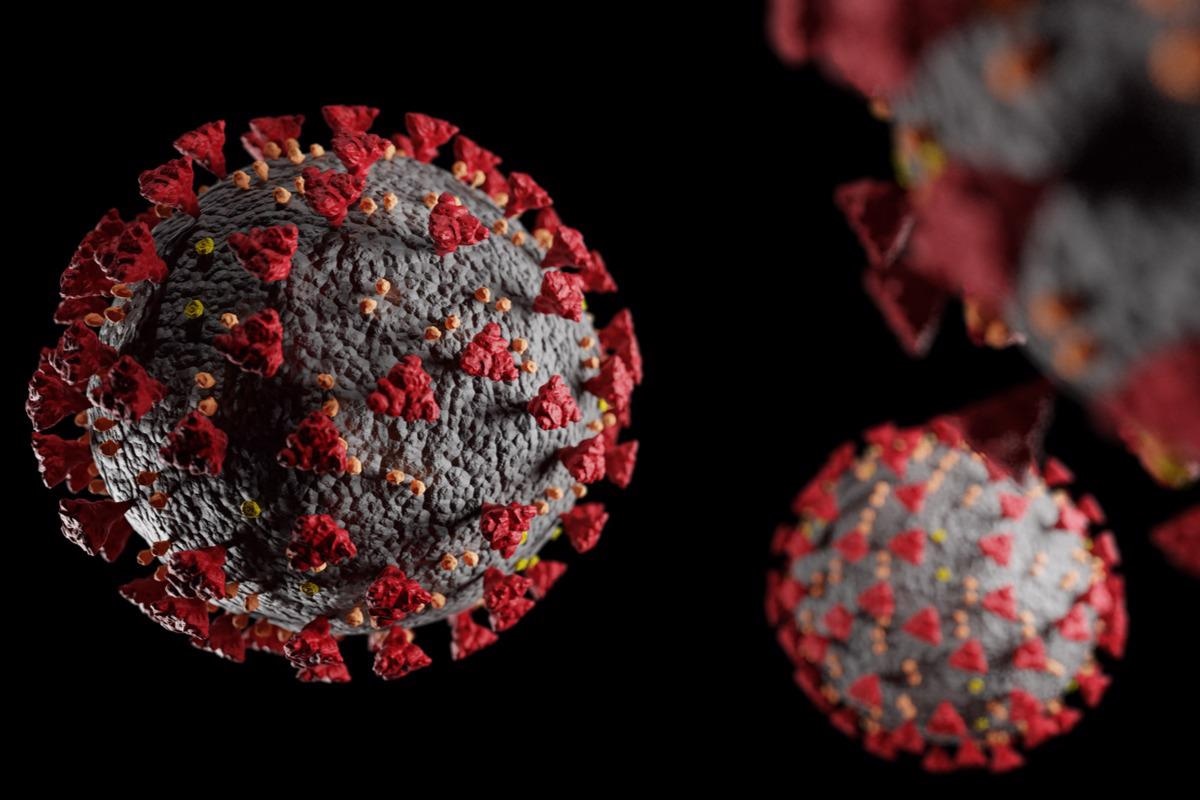Mathematical model of host immune response to SARS-CoV-2 demonstrates that age-related risk factors increased viral load

In a recent study posted to the Research Square* preprint server and under consideration at Scientific Reports, researchers evaluated the host immune responses to severe acute respiratory syndrome coronavirus 2 (SARS-CoV-2) and its prolonged symptoms.
 Study: Immune Response To SARS-Cov-2 In Severe And Long COVID-19. Image Credit: Cristian Moga/Shutterstock
Study: Immune Response To SARS-Cov-2 In Severe And Long COVID-19. Image Credit: Cristian Moga/ShutterstockSARS-CoV-2 emerged in late 2019 and caused a global pandemic called coronavirus disease 2019 (COVID-19). Although SARS-CoV-2 is associated with mild to moderate disease in healthy people, it potentially causes fatal disease or a broad range of long-lasting symptoms in those with impaired immune systems.
Further, age is often considered a significant risk factor for disease severity in COVID-19 since immune responses decline with age. Hence, SARS-CoV-2 causes heterogenic outcomes in an inter-personal manner.
While there is insufficient proof indicating the SARS-CoV-2 is responsible for the heterogenicity in outcomes it causes, studies have suggested that the host immune characteristics are accountable for the established differences in infection rate, disease severity, and prolonged disease symptoms associated with SARS-CoV-2.
Thus, an in-depth understanding of the host's adaptive and innate immune responses against mild and substantially life-threatening SARS-CoV-2 infection is essential for devising diagnostic markers and therapeutic approaches to curtail the COVID-19 pandemic.
About the study
In the present study, the scientists constructed a mathematical model to analyze the host immune responses towards SARS-CoV-2 infection. The team further assessed the role of age-based risk factors and their mechanism in severe COVID-19. The ordinary differential equations (ODEs) employed in the current mathematical model were solved using the complex pathway simulator (COPASI) to determine the flux and variable time courses. Further, the sensitivity analysis and steady-state solution were also estimated using the COPASI.
Findings
The results show that the usual age-associated risk factors, such as a 10% reduction in nonspecific immune cell activity and autoantibody-mediated suppression of type-I interferon (IFN1) signaling, significantly enhanced the SARS-CoV-2 load.
The model demonstrated that the immediate reductions in IFN1 signaling and antigen-presenting cells (APCs) activity following the SARS-CoV-2 symptom onset led to higher long-standing viral loads, which resulted in a higher number of infected cells. However, the rapid decline in CD8+ T cells after the SARS-CoV-2 symptom onset does not impact the viral load but slows down the viral clearance. Further, despite a moderate SARS-CoV-2 load probably due to the long-standing SARS-CoV-2 infection, the delay in virus removal was associated with a significant reduction of infection sites.
Despite the hospitalization status, during the acute phase and seven months after the SARS-CoV-2 infection, the number of some dendritic cell (DC) subsets such as CD1c+ myeloid DCs and plasmacytoid DCs (pDCs) in the elderly was lower than those of healthy individuals infected with SARS-CoV-2, leading to a continuing inflammatory response that eventually results in long coronavirus disease (COVID).
The model predicted that the rapidly declined number of DCs during the acute phase of SARS-CoV-2 rises following the infection; nevertheless, the numbers will be lower than the pre-infection state. Although the model indicates that long-standing DC reduction was associated with persistent SARS-CoV-2 infection, a long-lasting DC deficiency was frequently associated with both short- and long-term post-SARS-CoV-2 symptoms.
The model indicates that patients cannot completely remove even an average SARS-CoV-2 load undergoing replication. Further, the patients will be asymptomatic when the APC activity and immunoglobulin (Ig) synthesis are high enough, leading to suppression of viral replication, successful viral clearance, and curing of SARS-CoV-2. Nevertheless, if these immune responses were impaired, the SARS-CoV-2 infection progressed into post-acute sequelae of COVID-19 (PASC).
Conclusions
The present mathematical model of the host immune response against SARS-CoV-2 showed that age-based decline in nonspecific immune cell activity or increased inhibition of autoantibody-mediated IFN1 signaling during SARS-CoV-2 infection enhanced the viral load.
Further, the model indicated a prolonged DC deficiency in COVID-19 and demonstrated that individuals with severe or even mild SARS-CoV-2 symptoms were associated with a risk of PASC due to the lack of efficient virus removal.
Altogether, the study suggests that individuals with a deficiency in acquired or innate immunity are at high risk of severe or even life-threatening COVID-19 and PASC, especially senior adults, since immunity declines with age.
Nonetheless, the present model did not investigate the role of memory B and T cells on PASC. Further studies evaluating the impact of the vaccine-induced immunological memory against SARS-CoV-2 and PASC in the COVID-19 vaccinated and unvaccinated cohorts are warranted.
*Important notice
Preprints with Research Square publish preliminary scientific reports that are not peer-reviewed and, therefore, should not be regarded as conclusive, guide clinical practice/health-related behavior, or treated as established information.
-
Sumi, T. and Harada, K. (2022) "Immune Response To SARS-Cov-2 In Severe And Long COVID-19". Research Square. doi: 10.21203/rs.3.rs-1348061/v1. https://www.researchsquare.com/article/rs-1348061/v1
Posted in: Medical Science News | Medical Research News | Disease/Infection News
Tags: Antigen, Cell, Coronavirus, Coronavirus Disease COVID-19, covid-19, Dendritic Cell, Diagnostic, Immune Response, immunity, Immunoglobulin, Interferon, Pandemic, Research, Respiratory, SARS, SARS-CoV-2, Severe Acute Respiratory, Severe Acute Respiratory Syndrome, Syndrome, Vaccine, Virus

Written by
Shanet Susan Alex
Shanet Susan Alex, a medical writer, based in Kerala, India, is a Doctor of Pharmacy graduate from Kerala University of Health Sciences. Her academic background is in clinical pharmacy and research, and she is passionate about medical writing. Shanet has published papers in the International Journal of Medical Science and Current Research (IJMSCR), the International Journal of Pharmacy (IJP), and the International Journal of Medical Science and Applied Research (IJMSAR). Apart from work, she enjoys listening to music and watching movies.
Source: Read Full Article